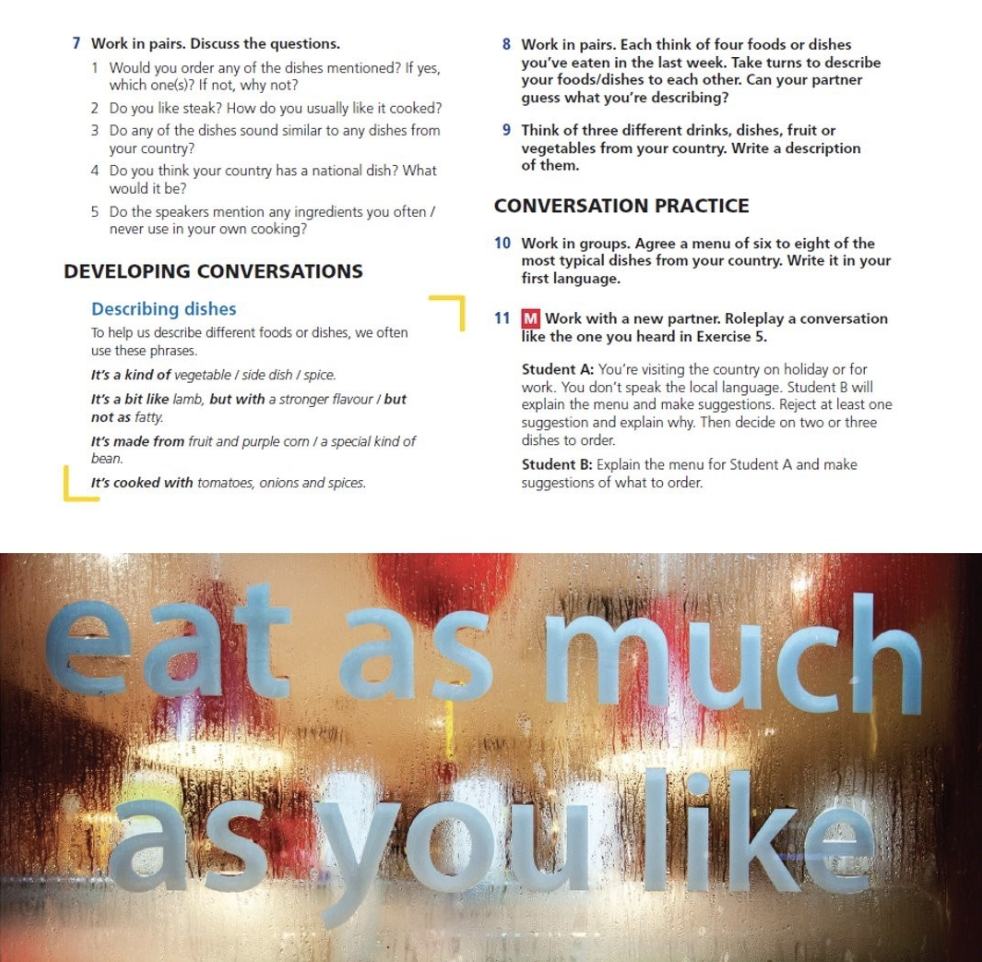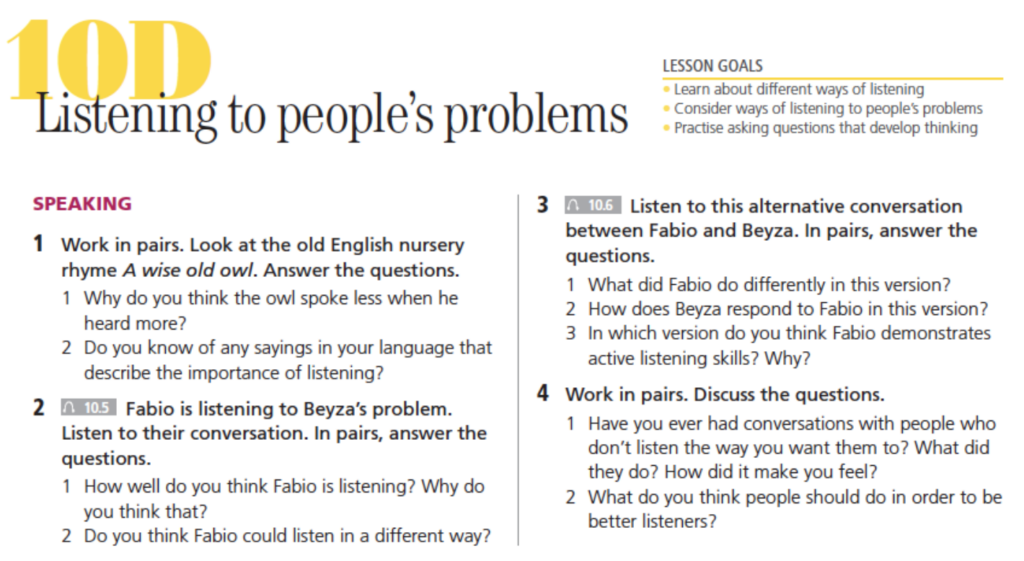When you hear the term ‘mediation’, what words come to mind? Perhaps you might think of words such as negotiation, conflict, or resolution. In the common understanding of the term, the ‘mediator’ is a neutral third party in a situation of conflict who helps each party define the issues, see things from each other’s perspective and reach a resolution.
So how has the term come to be used within English Language Teaching? This is down to the importance of communication in mediation. We live in a globalized world and one of massively increased mobility. The interactive elements of communication and particularly the role of speakers of foreign languages as mediators has become more valuable to our societies and to our individual quality of life.
This is the reason that, in 2020, the CEFR (Common European Framework of Reference) published its Companion Volume with Mediation pulled out as an integral skill. The CEFR recognized that describing language learning in just four skills (speaking, listening, reading and writing), and dividing these into production and reception, was too simplistic. Interactivity consists of both. Therefore, they developed a model of communication based on the four modes of reception, production, interaction and mediation.
Learn more about the value of mediation practice in the English classroom in our webinar with Rachael Gibbon and Delia Kidd, “Mediation: What Is It and Why Is It Important?”
Mediation recognizes the role of the learner as a social agent. This is rooted in Vygotsky’s conceptualization of communication and cognition as an outside–in process. The diagram below shows mediation as a reflective stage in a process of communication that occurs from the point of interaction and informs future interaction. It acts as a kind of filter to enable participants in communication to process, negotiate and create meaning.

If mediation is a natural part of communication, then why do we need to address it? It’s true that mediation happens all the time – whether you’re learning a language or teaching it. When you’re sitting in a lecture and taking notes, you are mediating what the lecturer says and summarizing it in your own words; when you’re explaining a complicated piece of text, you’re using simplified language to communicate meaning. But by having a framework for mediation, such as that in the CEFR Companion Volume, we are able to become more intentional and systematic in integrating the full set of skills learners need to be effective communicators.
Mediation skills can be effectively taught through a variety of activity types, including:
- Group and pair work discussions, especially where group members need to reach a consensus.
- Roleplays of different situations – these help students practice empathy, use conflict resolution strategies, and understand different perspectives.
- Class debates – these are useful for giving students opportunities to think about views they may not normally hold and work out how to effectively communicate these.
- Problem-solving scenarios, in which students need to work collaboratively in assigning roles and develop leadership skills.
- Explaining cultural or linguistic differences, such as translating a text or explaining a menu of dishes to someone else.
Have you ever found yourself trying to convey information to a person who speaks a different language? This set of pair and group activities from Outcomes, Third Edition prepares students to navigate a common situation they may experience while traveling: interpreting a menu.
For students, it is important to show how developing mediation skills can help them both inside the classroom and beyond.
- In life – developing mediation skills can help us to become more empathetic communicators, allowing up to build better relationships with others.
- In our studies – learning to mediate language and concepts will help us in navigating and making meaning.
- In the workplace – learning to facilitate effective interpersonal and intercultural communication can help us to be more successful in working with others.
For example, this Lesson from Voices, a global communication series for adult learners, encourages students to practice active listening, which is an important part of mediation and relationship building outside of class.
Students first listen to this conversation between Fabio and Beyza, in which Fabio is not listening or supporting his friend effectively:
Next, students listen to an alternative conversation between Fabio and Beyza, in which Fabio is a very different listener:
After listening to each conversation, students have the opportunity to reflect on Fabio’s active listening skills in pairs. What did he do differently in the second scenario?
Mediation forms a core part of many of our ELT courses at National Geographic Learning. We reference the CEFR closely when developing our materials and provide support throughout our teaching materials on how to effectively teach mediation skills. We identify and signpost where sections or activities can be used to teach mediation skills, such as communicative activities and project-based work.
Given the strong link between communication and mediation skills, much of it will feel familiar to teachers — indeed, they may find that they are already practicing mediation skills in their classrooms! We aim to support teachers by taking a more systematic approach to fully integrate it into their teaching.
How will you encourage mediation skill development in your English classroom?
Prepare your teen and adult learners for real-world communicative contexts with our bestselling programs: Outcomes, 3rd Edition, New Close-up, and Voices!




